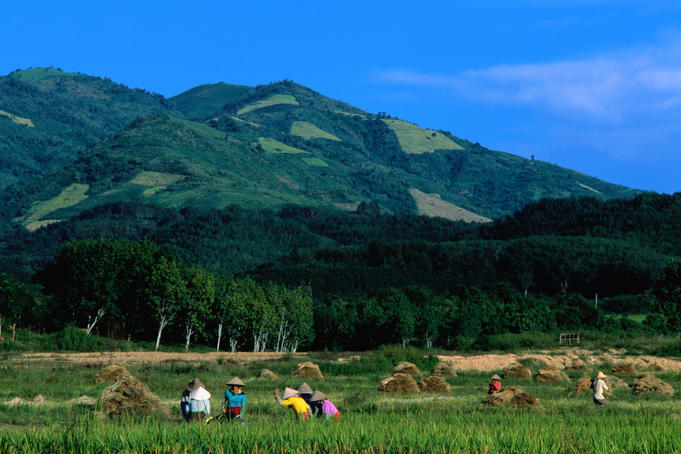From the steamy, subtropical lowlands of Xishuangbanna (“shee-shwang-bah-na”), to the crisp highlands of the Tibetan plateau, China’s Yunnan province has been a link between tea growers and drinkers for more than 1,200 years.
From the steamy, subtropical lowlands of Xishuangbanna (“shee-shwang-bah-na”), to the crisp highlands of the Tibetan plateau, China’s Yunnan province has been a link between tea growers and drinkers for more than 1,200 years.
Years ago, tea growers and horse traders met in markets along Yunnan’s Tea-Horse Road, an old trade route also called the South Silk Road, between Xishuangbanna and Tibet. Today, you can travel the ancient route and find remnants of the caravan road in old market squares, patches of cobbled lane and still-thriving tea plantations.
Trace the ancient Tea-Horse Road by beginning where, in theory, it all starts: with the tea trees in southern Yunnan. Then move northwest along the old route until you reach Zhongdian, or Shangri-La, which is one of the last stops in China before the Tibet Autonomous Region and is nearly 10,000ft higher than Xishuangbanna. Most towns are populated by ethnic minorities who played individual roles in the tea-horse trade, such as growers and middlemen. Today, many of these minorities still dress in their traditional clothing and speak dialects far removed from Mandarin. Interacting with them is a highlight of any trip to Yunnan.
Read more: http